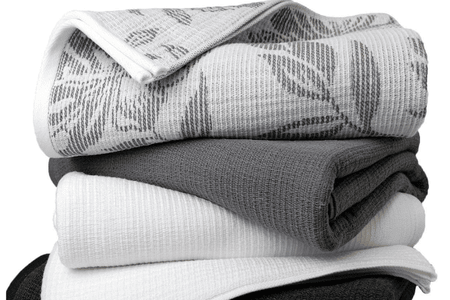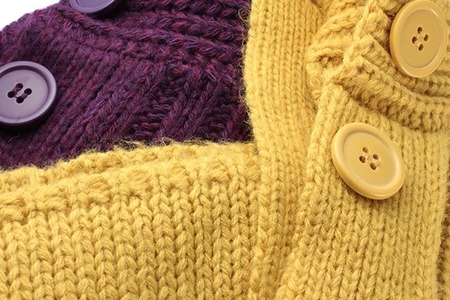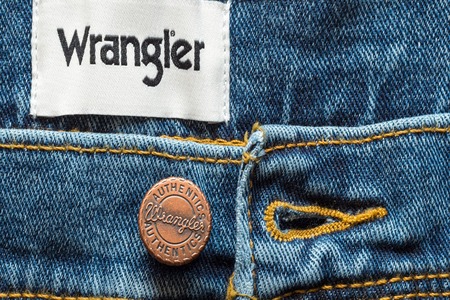J&K state govt steps in with nanotechnology to protect cashmere shawl
YarnsandFibers News Bureau 2015-09-22 13:00:00 – SrinagarThe state government of Jammu and Kashmir has stepped in with nanotechnology to protect buyers from being duped with fakes and imitations of cashmere shawl made from the downy wool of pashmina goats herded in the high-altitude Ladakh region of India’s Jammu and Kashmir state and adorned the shoulders of aristocracy for centuries.
It takes skilled Kashmiri craftspeople working traditional spinning wheels and looms to turn the wool into the work of art that is the cashmere shawl.
With the annual trade in cashmere shawls now exceeding US$ 752 million, there are new dangers to the art from automated spinning machines and looms that turn out shawls faster than handicraft workers ever can.
In order for the automated looms to work on the fine 12-16 microns wool of the pashmina goat, the yarn must be spliced with synthetic fibres.
This involves inserting nano particles with unique codes into the authentication labels carrying the ‘Kashmir Pashmina’ legend — which has geographical indications (GI) protection under the Trade-Related Aspects of Intellectual Property Rights Agreement of the WTO.
The main beneficiaries of these measures will be the hardworking craftspeople of Kashmir who have for two millennia been creating a globally coveted product. According to experts, fake pashmina shawl makers add nylon fibre to the wool before spinning and weaving it on machines.
Yasir Ahmad Mir, a professor at Srinagar’s Craft Development Institute, said that the traditional Kashmiri spinning wheel and loom are perfect for producing fine pashmina fabric. The extremely fine pashmina fibres can never stand machine spinning; that is why they add nylon to them.
After being awarded GI status and setting up the testing laboratory, they are on course to help revive the trade in originals. Now they need to spread awareness among artisans to register themselves as GI-certified traders, Mir said.
Pashmina wool is sheared from a rare breed of goats (Capra hircus) found in the Changthang region of Ladakh, which is more than 4,250 metres above sea level and ideal for herding. The goats produce a double fleece that includes the downy undercoat, or pashmina, and the coarser ‘guard hair,’ that must be removed carefully.
The Kashmir government’s initiatives to protect the interests of herders and craftspeople are best seen at the Pashmina Testing and Quality Certification Centre. Established at a cost of US$ 10 million, the centre has been functional since June.
The laboratories determine whether the pashmina wool is hand-spun or machine-spun and whether the shawl has been hand-woven or not. Once a shawl passes rigorous tests at the lab, a non-detachable label, which contains details of the product such as its unique number and the name of the artisan, is attached without compromising the aesthetics. A charge of US$ 2.30 is levied on each label,said Younus Farooq, manager of the centre.
Kashmir’s handicrafts director, Gazanfar Ali said that the department plans to launch an extensive advertising campaign to spread information on how to tell apart genuine and fake pashmina products following the recent steps taken by the state government to maintain the purity and glory of this heritage industry.
Currently there are about 150,000 people engaged in the production of handmade shawls in the state.
Market Intelligence
Ask for free sample Report

experience
Customer Base
dedicated team
Countries Served Worldwide









